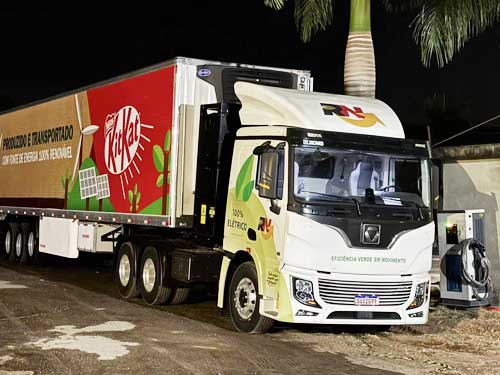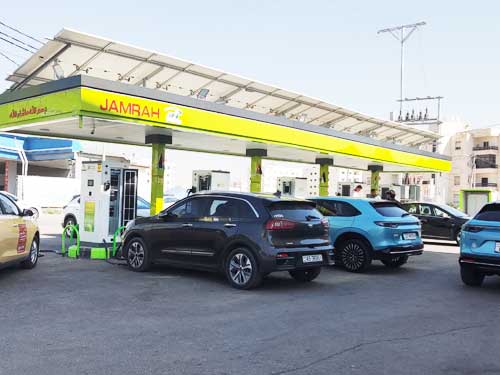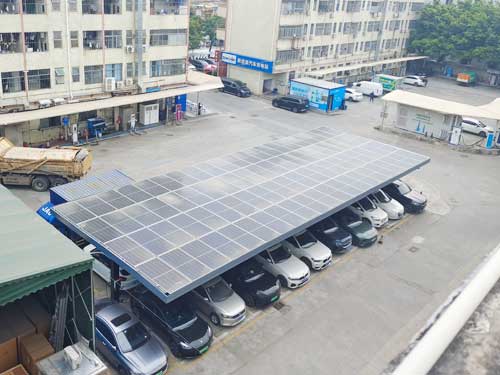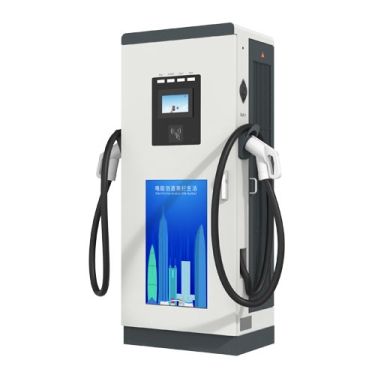- Visitors:0 Views
- Time:2025-03-28
dc electric vehicle charging station
DC electric vehicle charging station: a key facility to promote transportation energy innovation
1. The core advantages of DC fast charging technology
As the core facility for new energy vehicle energy replenishment, DC charging stations significantly shorten the charging time with their high power characteristics. Taking a charger with a power level of 300-400kW as an example, it can replenish more than 80% of the power for heavy trucks or passenger cars within 30 minutes, solving the pain point of low efficiency of traditional charging mode. This technology can protect battery life and achieve efficient use of energy by optimizing the charging curve and intelligent temperature control system.

2. Diversified application scenario expansion
At present, DC charging stations have broken through a single service scenario and formed a multi-dimensional layout:
2.1. Transportation hub nodes: high-power chargers are deployed in scenarios such as highway service areas and logistics parks to meet the emergency energy replenishment needs of long-distance transportation vehicles.
2.2. Urban public network: commercial complexes, office parks and other areas use a combination of DC fast charging and AC slow charging to build a composite service system of "charge and go + stop and replenish"

2.3. Special vehicle matching: Develop customized charging interfaces and power matching solutions for special vehicles such as electric heavy trucks and public buses.
3. Operational challenges and innovative solutions
The industry faces three core issues in its rapid expansion:
3.1. Grid load pressure
The concentrated operation of high-density chargers is prone to grid fluctuations. Through the "photovoltaic storage and charging integration" model, combined with photovoltaic power generation and energy storage systems, more than 30% of the grid load can be reduced.

3.2. Equipment operation and maintenance efficiency
Relying on the intelligent monitoring platform to collect charger operation data in real time, predictive maintenance technology reduces the equipment failure rate by 40%, and maintains technology iteration through remote firmware upgrades.
3.3. User experience optimization
Adopt technologies such as contactless payment and charging reservation system to reduce user waiting time in queues. Some operators increase service added value through charging pile advertising screens and surrounding commercial linkages.
4. Collaborative development of industry ecology
Equipment manufacturers represented by Hongjiali and other companies are promoting the standardization of industrial chain technology. The modular charger it developed supports dynamic power allocation, and a single charger can serve multiple vehicles at the same time, increasing land utilization by more than 50%. At the policy level, the "Automotive Industry Stable Growth Work Plan" released in 2024 clearly requires the expansion of DC fast charging network coverage. It is expected that by 2026, the proportion of DC chargers in my country will exceed 60%. With the breakthrough of battery technology and the coordinated development of car charging piles, DC charging stations are evolving from single energy supply points to key nodes of smart city energy networks, providing solid guarantees for the popularization of new energy vehicles.
Recommended Reading
- Hongjiali New Energy appeared at the South Korean ...2024-04-24
Hongjiali New Energy appeared
- Exhibition : EVS37-World Electric Vehicle Symposiu...2024-03-14
Exhibition : EVS37-World Elect
- Notice on the 2025 New Year's Day Holiday2024-12-31
According to the provisions of national statutory ...
- public electric car charging2024-11-04
Public electric car charging i
- ev charging station in usa2024-02-21
EV charging station in usa, el
- charging infrastructure for electric vehicles in g...2025-02-24
Charging infrastructure for electric vehicles in g...
- dc fast charging vs ac charging2023-12-29
In recent years, with the rapi
- how long does it take to charge an electric car at...2025-01-09
How long does it take to charge an electric car at...
- How fast is a 30kw charger?2024-12-17
The charging speed of a 30kW charger depends on mu...
Hot Products
-
150kw electric car chargi...
The 150kw electric car charging station
Get last price
-
60kw Floor-mounted chargi...
Product numberDCL060A-V2GDetailed specif
Get last price
-
5 meters new energy elect...
5 meters new energy electric vehicle cha
Get last price
-
ev rapid charging station...
Level 1 is the most common and cheapest
Get last price


